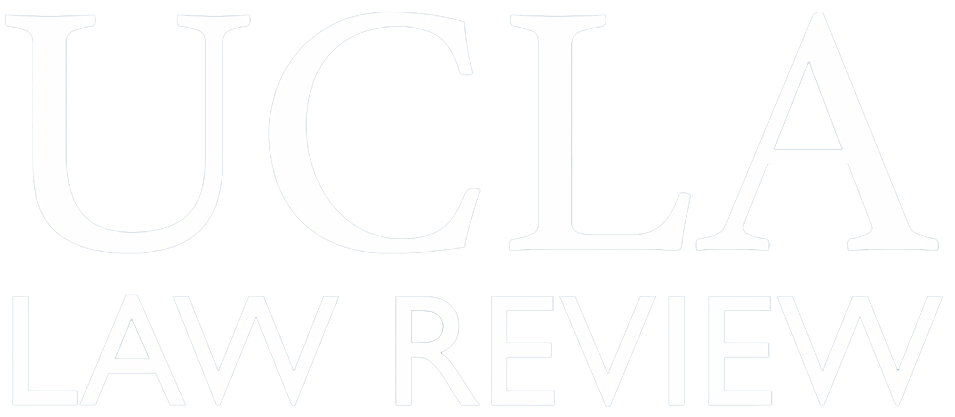Abstract
The proliferation and use of technology by law enforcement is rooted in the hope that technological tools can improve policing. Improvement, however, is relative. Quantitative data and qualitative experience have proven the criminal legal system a site of racial injustice and rank brutality. Police are one of the principal instruments of those harms. For the communities who bear the brunt of policing and the other facets of the criminal system, law enforcement technologies only reify and exacerbate injustice. Surveillance technologies are of particular concern because they are disproportionately wielded against economically disadvantaged communities of color, infringe on privacy, and tend to operate under a veil of secrecy.
In 2016, advocates armed with these concerns launched a campaign to impose regulatory guardrails on law enforcement surveillance tools. Embedded within those restraints were provisions aimed at infusing community control over the technologies. To date, those laws—modeled on what are known as Community Control Over Police Surveillance (CCOPS) laws—have been enacted in more than 20 jurisdictions nationwide. They are premised on the notion that an informed and engaged community can serve as a check on intrusive surveillance technologies and the abuses that flow from them. The laws empower city councils or their local equivalents to oversee how and whether law enforcement acquires and deploys surveillance technologies.
There is a natural tension between laws like CCOPS, which risk legitimizing surveillance technologies in police hands, and an abolitionist approach that instead aims to relieve police of their surveillance tools entirely. I grapple with that tension by evaluating the efficacy of CCOPS and its community control mechanisms and theorizing ways that the law might be deployed to achieve abolitionist ends. I do so by focusing on the handful of jurisdictions that have established an independent advisory body to serve as an agent for the community, purportedly to exercise some authority over police surveillance technology. Drawing from media reports, publicly available records, conversations with those tasked with the law’s implementation, and other sources, I engage in a qualitative analysis of the law and its community control mechanisms, surfacing their benefits and shortcomings.
Engaging the potential that CCOPS holds as a ratchet for more transformative interventions, this Article then suggests ways forward, both for jurisdictions that have adopted the CCOPS model and for those advocates who are pushing jurisdictions to do so. It culminates in a vision that looks to an abolitionist horizon. Such a vision requires amending the law to address its shortcomings, shifting power to affected communities, and leveraging the benefits of the law where possible to create the conditions necessary for transformative change. Ultimately, I contend that while CCOPS laws and their community control mechanisms have significant shortcomings, they should be considered among the suite of tools that advocates can use to end the raced, classed, and violent status quo that characterizes the deployment of police surveillance technologies in particular and the criminal legal system in general.
